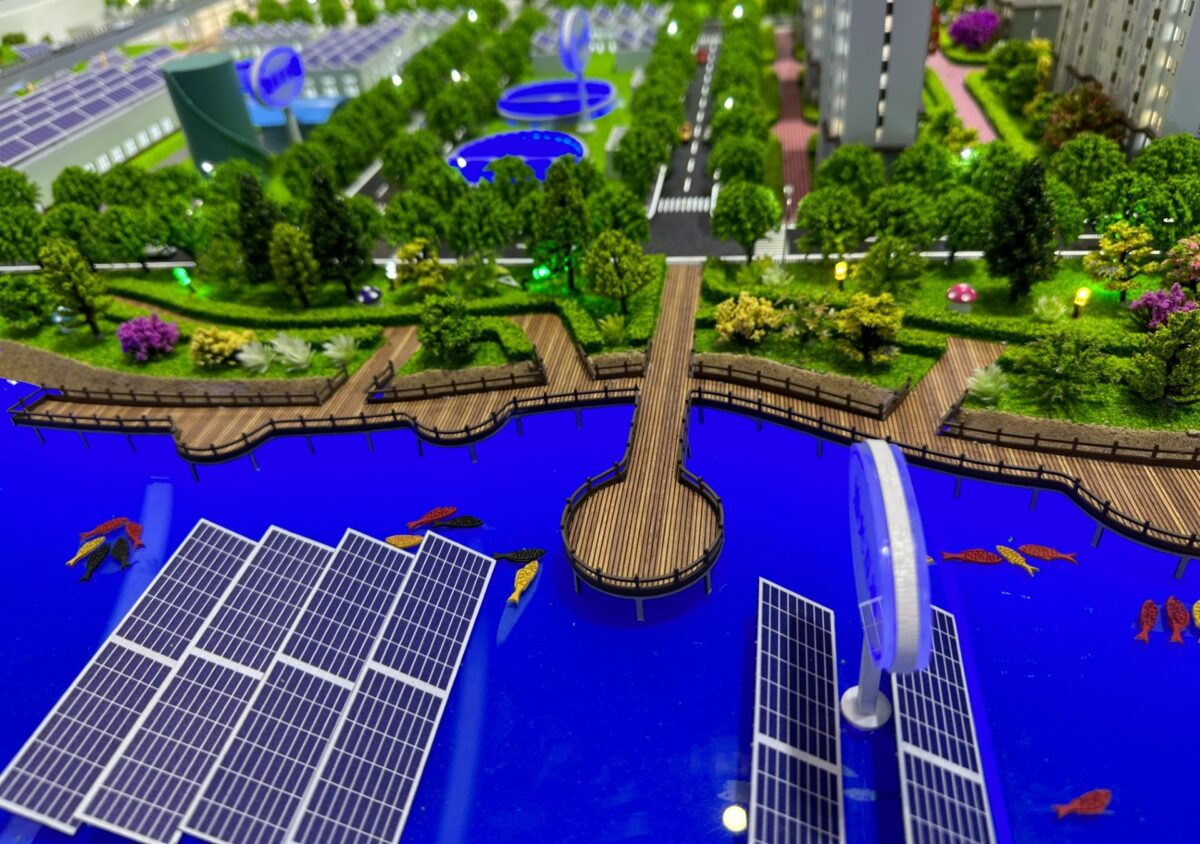IEA PVPS Task 12 (PV Sustainability Activities) has released an updated Fact Sheet, shedding light on the environmental impacts of photovoltaic (PV) electricity. This Fact Sheet, titled “Environmental Life Cycle Assessment of Electricity from PV Systems“, offers crucial insights into PV sustainability and highlights key advancements as well as current data in PV technology.
Life Cycle Assessment: A Comprehensive Overview
Life Cycle Assessment (LCA) is a detailed method used to quantify and assess the material and energy flows, as well as emissions, throughout the life cycle stages of PV systems. These stages include manufacturing, transport, installation, use, and end-of-life. The manufacturing phase encompasses resource extraction, raw material production, and the creation of wafers, cells, panels, inverters, and mounting structures. Transport covers the distribution logistics, while installation involves setting up roof-mounted systems and cabling. The use phase evaluates the system’s performance over a typical 30-year operational period, including maintenance. Finally, the end-of-life stage addresses dismantling, recycling, and waste management processes.
The updated Fact Sheet primarily focuses on a typical residential PV system in Europe. This system is defined by a roof-mounted PV setup, an annual production rate of 976 kWh/kW, and an in-plane irradiation of 1,331 kWh/m². It includes PV panels, cabling, mounting structure, inverter, and installation, with a linear degradation rate of 0.7% per year and a service life of 30 years for panels and 15 years for inverters.
Evaluating PV Module Technologies
IEA PVPS Task 12 assesses four PV module technologies, each with distinct efficiencies: Cadmium-Telluride (CdTe) at 18.4%, Copper-Indium-Gallium-Selenide (CIS/CIGS) at 17.0%, Multi-crystalline Silicon (multi-Si, BSF) at 18.0%, and Mono-crystalline Silicon (mono-Si, PERC/TOPCon) at 20.9%. These efficiencies are critical in determining the environmental impacts and performance of each technology.
Key Findings from the Fact Sheet
Non-renewable energy payback time (NREPBT) is the period required for a renewable energy system to generate an amount of energy equivalent to the non-renewable energy used in its production. The study reveals an NREPBT of approximately one year for the evaluated PV systems, indicating a swift return on energy investment.
PV systems dramatically reduce greenhouse gas emissions compared to fossil fuel generators. The carbon footprint for producing 1 kWh of solar electricity ranges from 25.2 to 43.6 g CO2 equivalent, far lower than the up to 1 kg CO2 per kWh emitted by fossil fuels. The study also examines additional environmental impacts, including resource use of fossil fuels (0.35 to 0.52 MJ per kWh), resource use of minerals and metals (4.6 to 5.3 mg Sb equivalent per kWh), particulate matter (1.0 to 4.0 incidences per kWh), and acidification (0.18 to 0.36 mmol H+ equivalent per kWh).
When comparing current data with previous years, the study highlights significant reductions in greenhouse gas emissions by up to 17% in some technologies, thanks to improvements in manufacturing and an increase in module efficiency.
The efficiency of PV modules, particularly mono-Si, has improved significantly over the years, contributing to reduced greenhouse gas emissions. For instance, average module efficiency increased from 14.0% in 2007 to 20.9% recently, with corresponding decreases in emissions from 76 g CO2 eq/kWh to 36 g CO2 eq/kWh.
Conclusion
The detailed life cycle assessment methodology employed in this study provides valuable insights into the entire life cycle of PV systems, from manufacturing to end-of-life management. This holistic approach ensures that all environmental impacts are considered, enabling more informed decision-making for both policymakers and industry stakeholders.
Please download the Fact Sheet here.
IEA PVPS Task 12 aims to quantify the environmental profile of PV systems relative to other energy technologies and address critical environmental, health, safety, and sustainability issues to support market growth.
For further information please contact the IEA PVPS Task 12 Managers: Garvin Heath and Etienne Drahi.
The views and opinions expressed in this article are the author’s own, and do not necessarily reflect those held by pv magazine.
This content is protected by copyright and may not be reused. If you want to cooperate with us and would like to reuse some of our content, please contact: editors@pv-magazine.com.



The hottest part of is underrated: recycling.
My personal guess is only ~ 10% is recycled and the rest ends up in landfills (and most likely outside Europe)
Please pay some attention to the this in coming magazine with hard data.
Thanks